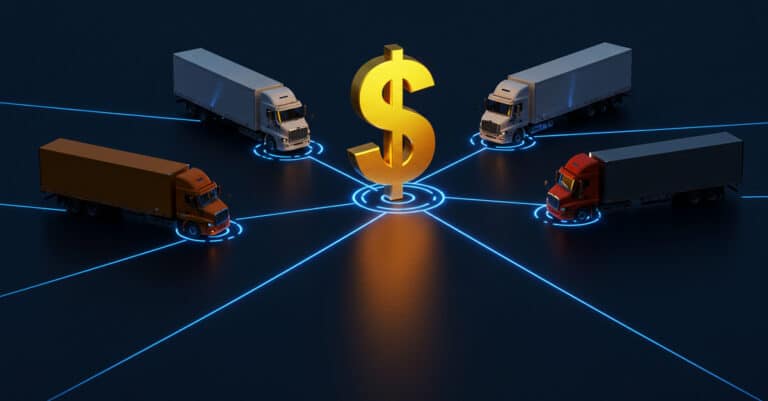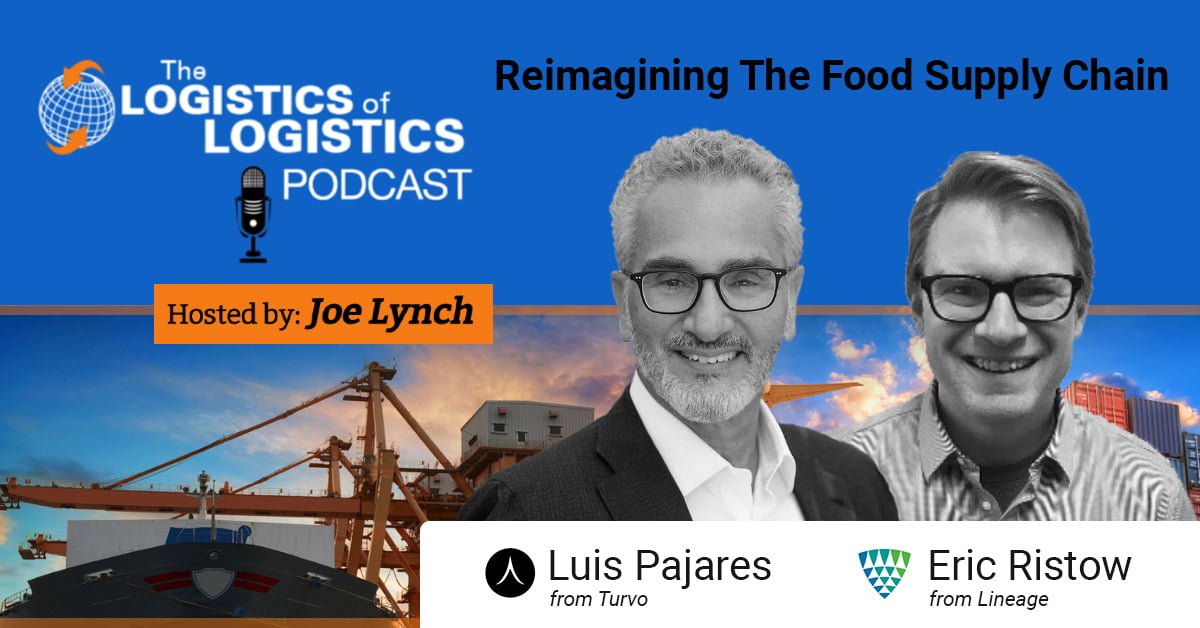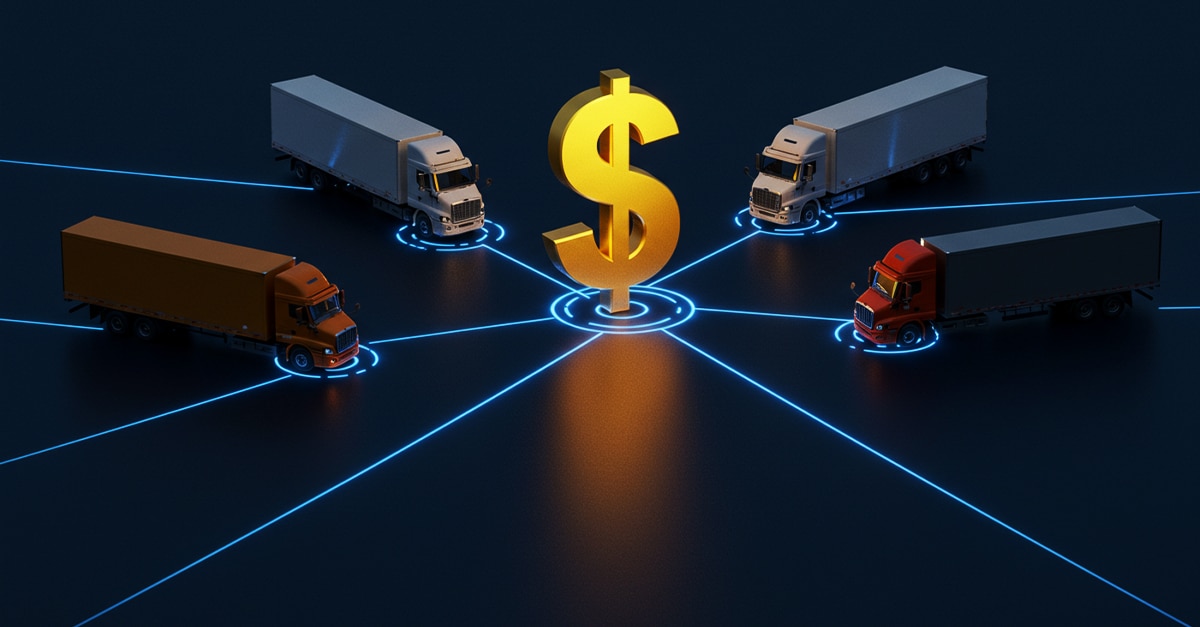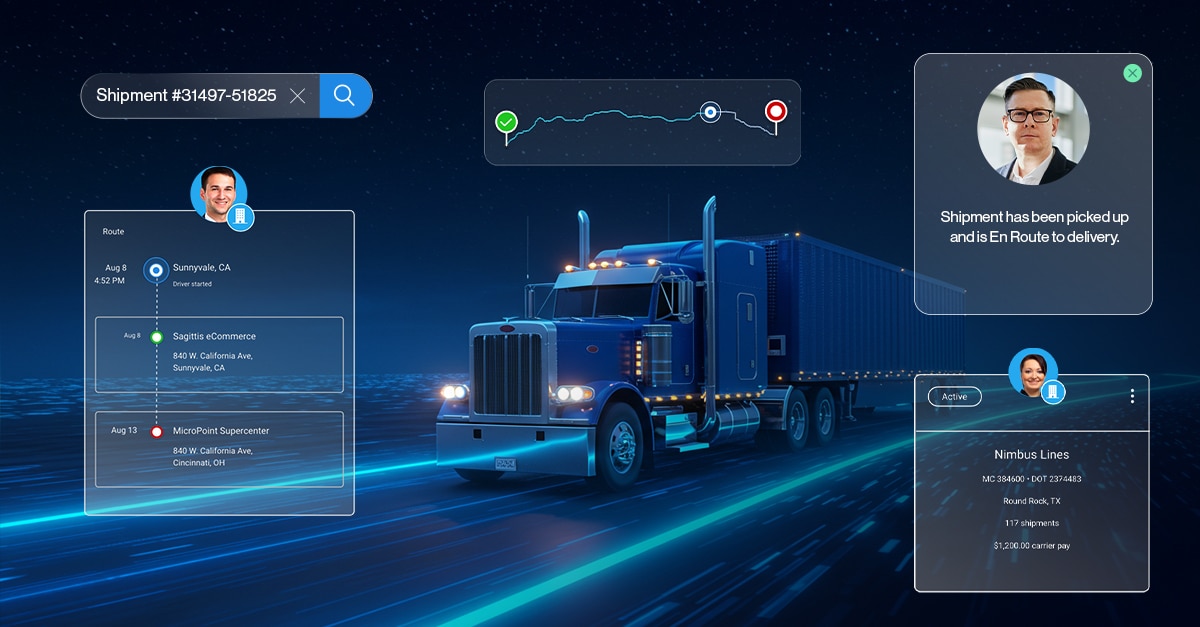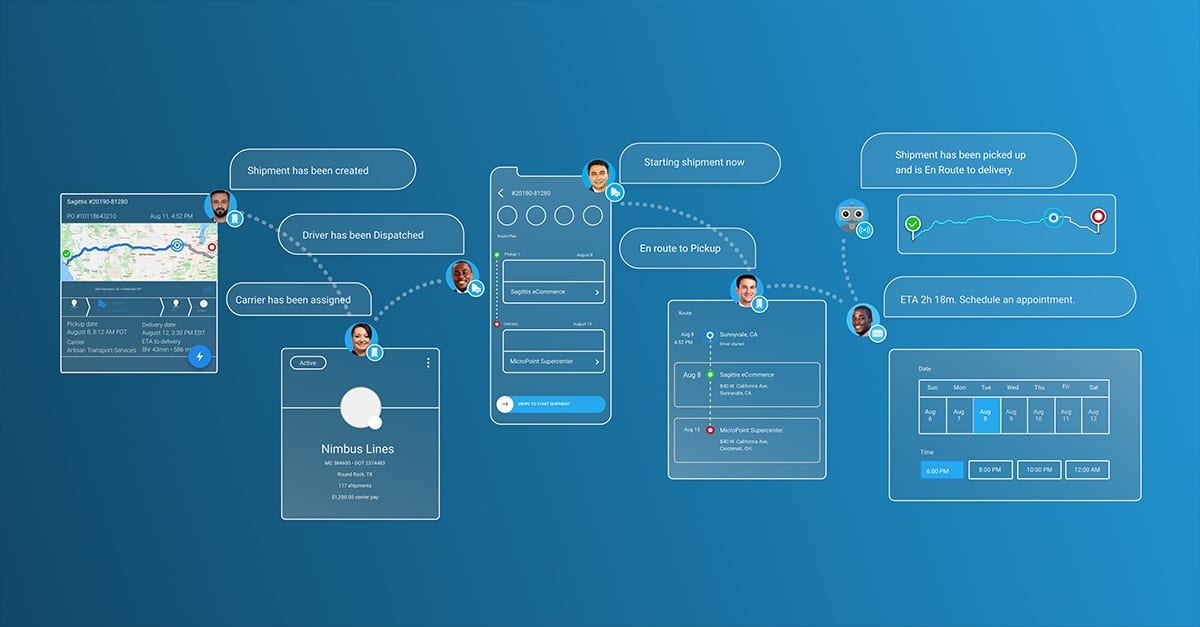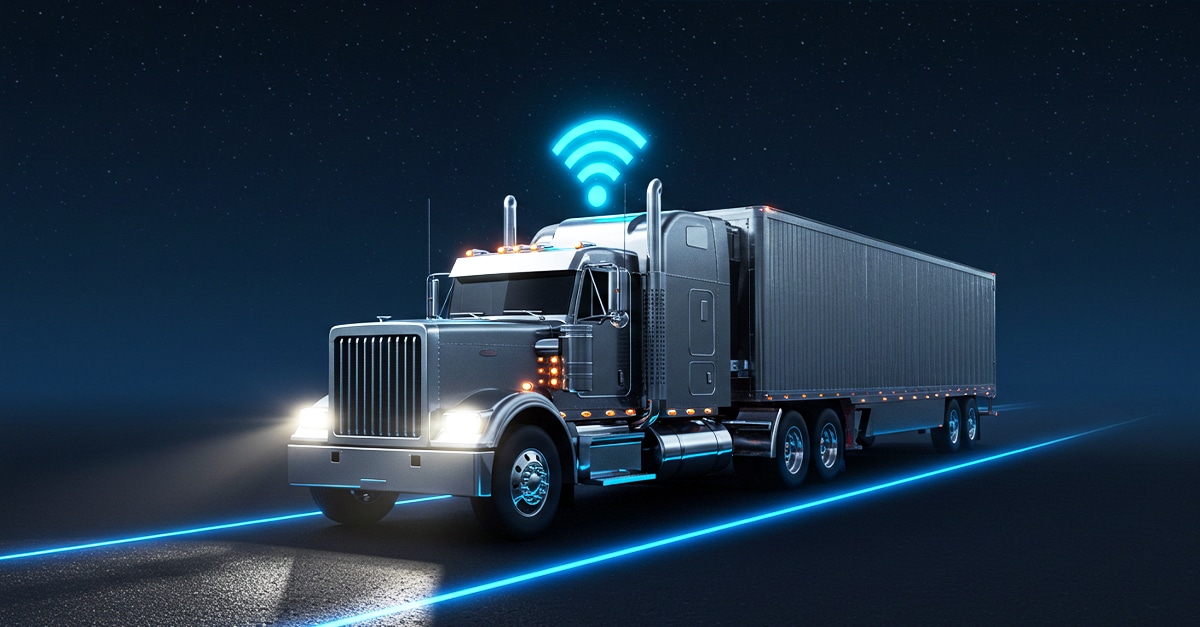When we think of the supply chain, we often think of parts and pieces, moving from one manufacturer to another, eventually being used as a component or part of a greater assembly.
A hardware supplier sends the nuts and bolts that eventually end up holding your new car together. In theory, when the supply chain is functioning optimally, it is a smooth transition from start to finish, from raw materials to finished goods.
While the theory sounds almost idyllic, the actuality of it is far less serene. The global supply chain is a giant, lurching mechanism that can often be ground to a halt for one reason or another. While this may be fine for the nuts and bolts, it can pose some serious issues for more delicate products, specifically food.
Even at the best of times, managing a supply chain is rife with challenges. It gets even more complicated when you throw perishables in the mix and the need for temperature controls or expedient deliveries.
Our very own Luis Pajares was recently invited to speak with Joe Lynch, the host of “The Logistics of Logistics” podcast alongside Eric Ristow, the VP of Product and Application Management at Lineage, to discuss the need to reimagine the global food supply chain.
Here are some of the key takeaways from the podcast.
A Lack of Necessary Visibility
One of the biggest challenges in the food supply chain is simply knowing where products are being stored. Through the transition from raw ingredients to finished consumable goods, the traceability of those products becomes murky, making it difficult (if not impossible) to ensure all quality and safety standards have been met before the goods reach the customer.
The longer the supply chain is, the more challenges shippers will face in terms of visibility. This is especially true of larger-scale shippers as they often work with farmers, food producers, a multitude of carriers, warehouses, and other intermediaries.
In the podcast, Eric sheds light on the visibility challenges Lineage faces as a 3PL for the food supply chain. “It’s a common, paramount problem that we’re all facing. Access to real-time data to make more informed decisions in increasingly uncertain environments. And the problem is acute for us simply because we’ve grown so quickly. Over the last 10 years, we’ve made over 50 acquisitions. In 2020 alone, we made 39 acquisitions of different companies. Integrating those companies into a single platform is incredibly challenging. So not only do you have to ensure the pipelines and you’re normalizing data appropriately and providing the right services to get it real-time to the end-users who need that information to make better decisions, but you also need to figure out how you purvey that information.” says Eric.
Reducing Waste Throughout the Supply Chain
Waste is another big issue for the food supply chain. For shippers, waste means lost profits, which might be narrow, to begin with, depending on the type of food being sold. Improperly stored products can become tainted or spoiled. A late delivery means missing the sell-by date. Even simple hold-ups could cost a company a considerable amount of money if not managed properly.
Food waste, in particular, also raises other issues. There is a concern for customer safety. Suppose customers get sick from eating tainted foods, which is a problem in its own right. Assuming the issue isn’t a one-off, a massive recall could be issued. Not only is this a logistical nightmare for companies, but it also leaves a lasting impression on their reputation, which most companies can’t afford, given how tight the market is.
How Can We Reimagine the Supply Chain
These, of course, are only two of many issues surrounding the food supply chain. The question is, what can be done about it?
Fortunately, technology has grown by leaps and bounds over the past decade, and we are capable of doing so much more than was previously thought possible. If we want to change the supply chain, we need to change our perspective of how a supply chain is supposed to function.
“Every fundamental shift in any industry as far back as you can think of started because there was always the visionary thought leader that approached the problem in a significantly better way,” Luis said.
Turvo focuses on a collaborative approach to supply chain management, a vision that is shared by Lineage. In order to change the supply chain for the better, it’s going to take better visibility, better communication, and better teamwork overall.
“I think that we’re all going to be so much better for it when we continue to reinvent and be the kind of company that can re-imagine the supply chain in a way that does make the world better and helps feed the world in a more efficient way,” Luis added.
If you’d like to know more about Turvo and Lineage’s shared vision for the future of the food supply chain and how Turvo powers Lineage’s plan to put it into action, take a moment and check out the Logistics of Logistics Podcast here!


